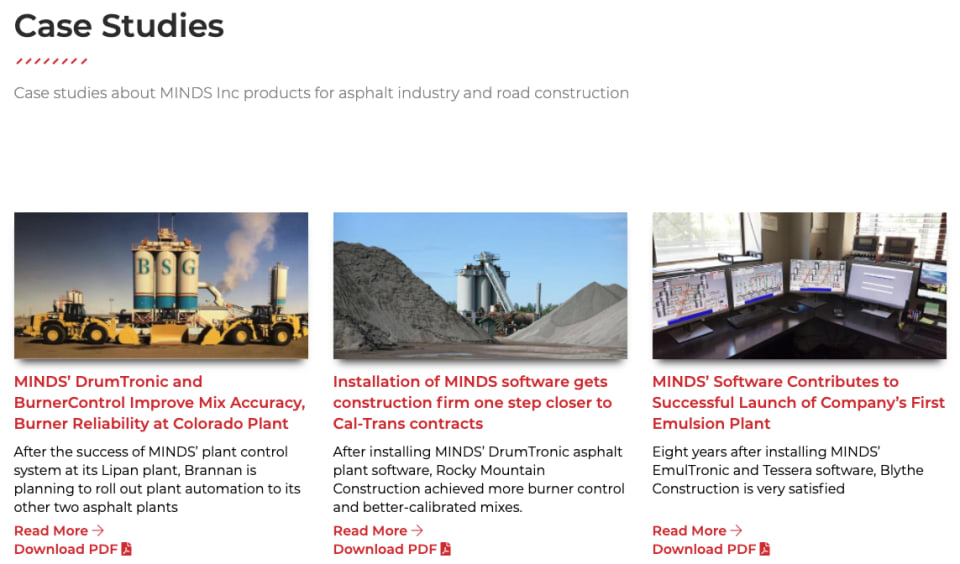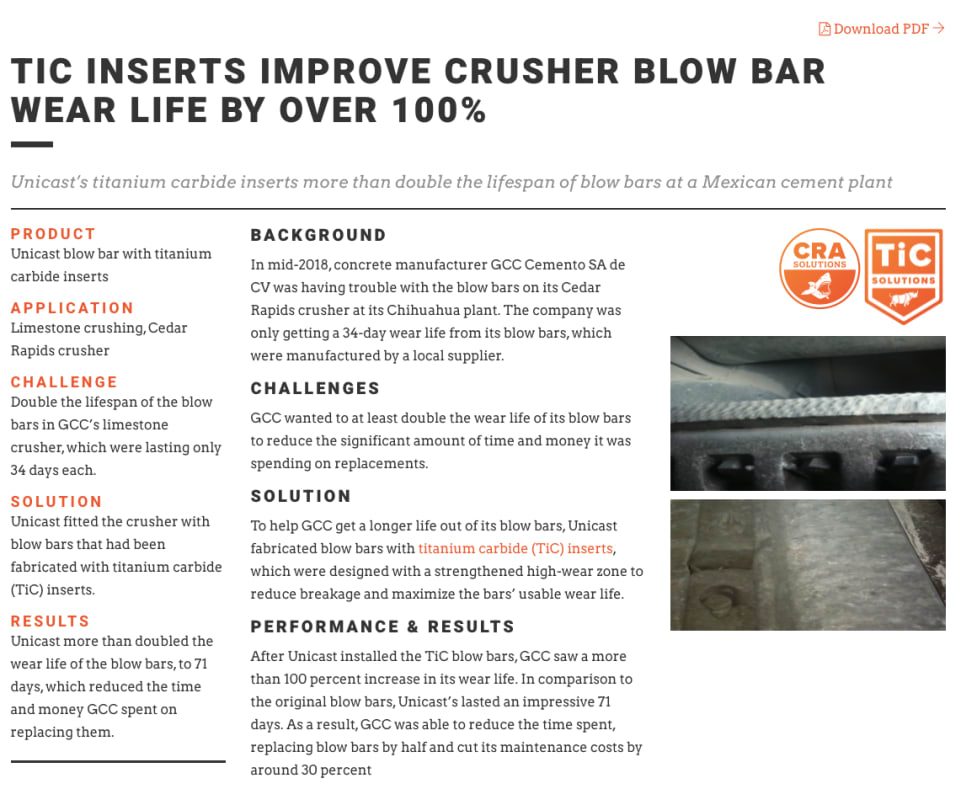Want More B2B Customer Leads? Try Case Studies!

Write. Promote. Attract. Are you missing one of the best tools that will bring you more qualified leads?
97% percent of B2B customers rely on testimonials and peer recommendations.
With a staggering statistic like that, it is no wonder that case studies are a highly reliable tool for any business. The more shocking point is that so many brands are not using them for marketing! Both testimonials and case studies have a part to play and can be used together or standalone.
The Meat and Potatoes
A case study should fill the reader with a feeling of safety and reassurance that they will be taken care of. That you will help them to solve all of their problems, through the words of someone just like them.
It is more than a testimonial. It is tangible and relatable data. Show and tell the successes of your clients after they have used your product or service.
Case Study Basic Ingredients
Summary Section
-
- Banner Photo
- Text Title (~5 words)
- Subtitle (~15 words)
Sidebar Section
-
- Date
- Location (eg. Kelowna, BC, Canada)
- Synopsis or Stats (key statements or key numbers)
- Technology (mention tech, services or parts that formed part of solution)
- Partners (mention partners, suppliers, etc.)
Body Section
-
- 200-400 words of paragraph text: before/after or problem/solution
- Divide content using section titles & images with captions
- Link to sources and examples
- Add quotes or short testimonials from people involved
Versatile Concrete used video testimonials instead of written case studies. They are sort of a hybrid of both. After producing a few videos, we used them as part of a marketing campaign:
- 40,000/mo people reached
- 3x the lead generation on their website
- Ideal new clients attracted!
After a potential client finishes reading a well-written case study or watches a video, they should have a clear picture of how your company will be able to solve the problems they are experiencing. You are tailor-making solutions for a specific customer that matches your buying demographic. Before you get started, let’s go over some benefits of case studies!
More Case Study Examples
Build Your Credibility
Case studies are about hard facts. You are using tangible results that are documented, analyzed, and reported. You can’t falsify a company name, fake an owner or manager, or put words in their mouth. This is a no-nonsense record of the work you did for your client and how it worked for them. You are able to prove the validity of your content with quotes from your customer.
A great example can be taken from the MINDS Inc. approach shown below. They've built out multiple written case studies for a range of customer types and challenge/solution scenarios. Adding "Download PDF" functionality to their website, customers can easily save the case studies for later.

Flex Your Expertise
By showcasing your more complex customer solutions, you are able to demonstrate your knowledge, confidence, and expert care. Give your future clients reassurance and trust in your company through the ‘why’ and the ‘how’ through a case study!
Unicast is a prime example of providing industry expertise, using case studies full of facts and figures which are critical for their mining industry customers. Here's an example of one of their case study webpages:

Pro Tip: Showcase Others, Make Friends
You are not the only side to benefit from a case study! Your client has now proven that they have asked for help to improve their customer service experience for their clientele. By adding backlinks to your content to feature their business, you are giving back to your customer by providing brand awareness.
Promote Your Success
Now that you have written a case study, it’s time to show it off! There is a balancing act when you are creating content. This is where the 80/20 rule comes into play; by spending 20% creating and 80% of your time/money promoting, you will have the greatest return on your case study.
Try some of these ways to get your case study out to your audience:
- Email campaign
- Social media ad campaign
- YouTube ad campaign (video case studies/testimonials)
- Feature the article on the main page of your website
- Write a blog for another company’s website (partner, supplier)
- Talk about it on a podcast
- Distribute a Press Release
- Publish in an offline newsletter, trade publication, magazine
Start to think about how a case study will work for your business. Begin by binding together a credible story that you can share with your buying personas. Then you can paint a solid picture of how you can solve their biggest problems... and eventually earn their trust to become a great partner in business.
On a similar note, learn more about Putting The Social Back In Social Media
Twin Creek Media brings a group of talented people, fresh ideas, and lots of experience to the table. Plug us in– it’s almost like we’re your marketing department across the road. Reach out to us today to discuss ideas to grow your business!
